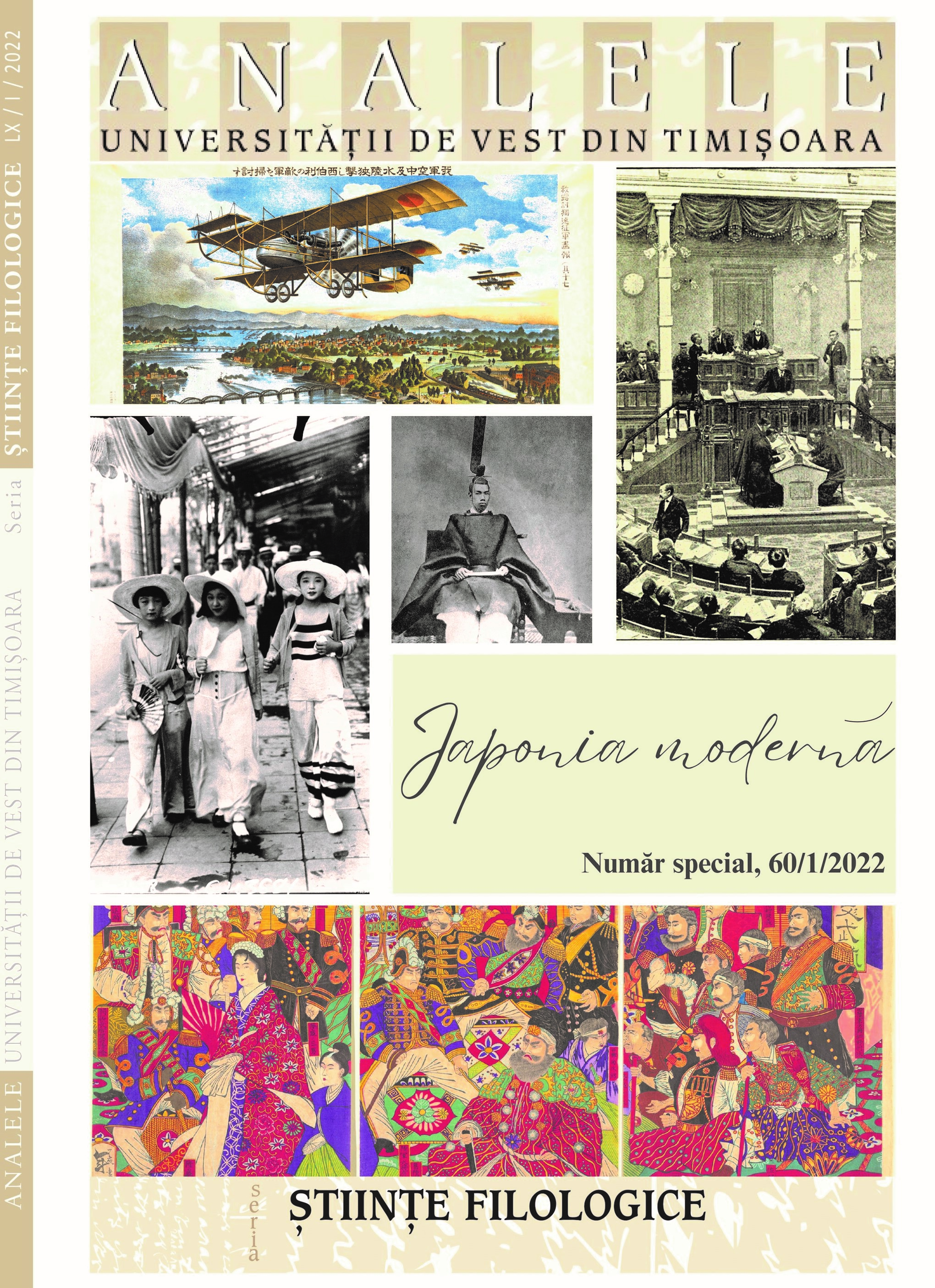Contemporary Urban Hideaways: Shops in Two Japanese Novels
Contemporary Urban Hideaways: Shops in Two Japanese Novels
Author(s): Beatrice-Maria AlexandrescuSubject(s): Studies of Literature, Other Language Literature, Theory of Literature
Published by: Editura Universităţii de Vest din Timişoara
Keywords: Japanese literature; Kawakami Hiromi; Murata Sayaka; shop; hideaway;
Summary/Abstract: The aim of the present study is to identify how different types of shops—a thrift shop and a convenience store—are represented in two Japanese novels that illustrate various facets of contemporary society: Kawakami Hiromi’s (b. 1958) Furudōgu Nakano shōten (The Nakano Thrift Shop, 2005) and Murata Sayaka’s (b. 1979) Konbini ningen (Convenience Store Woman, 2016). What are the narratives that define such spaces of monetary transit? How do these writers weave a specific image of the shop in their prose? And what role does the shop play in these novels that present aspects of contemporaneity – for example, on the one hand, social phobia in the case of Kawakami’s male character Takeo, and on the other hand, alienation and the pressure to conform to society’s norms in the case of Murata’s female protagonist Keiko? In this article I analyze how these commercial spaces are depicted as urban hideaways in Kawakami Hiromi’s The Nakano Thrift Shop and Murata Sayaka’s Convenience Store Woman. These places are characterized not only by the financial dimension, but by an emotional one as well, namely the possibility of building new relationships with other people (for instance, the staff members, their relatives, and the customers) and a special bond with one’s workplace
Journal: Analele Universităţii de Vest din Timişoara.Seria ştiinţe filologice
- Issue Year: 1/2022
- Issue No: 60
- Page Range: 83-99
- Page Count: 17
- Language: English

